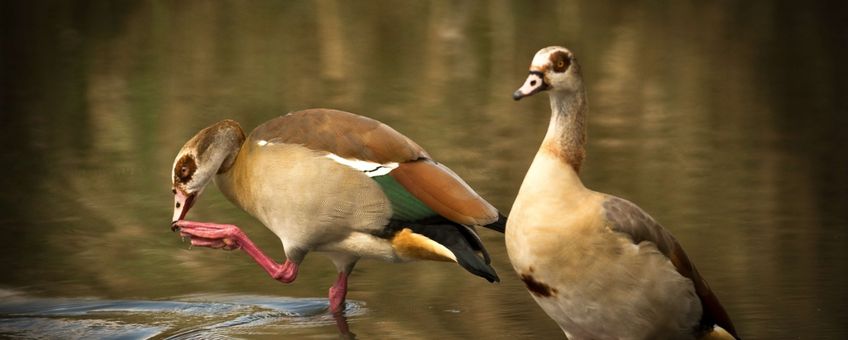
Realise your ambitions! The urgent need for the EU to add more species to the IAS list
Birdlife InternationalOnly 49 species have been included on the IAS thus far. However, this new study concludes 207 species need to be urgently considered for inclusion, with a total of 1323 needing to be assessed by 2030. Unless the EU rapidly considers more species for inclusion, the EU IAS list will remain clearly inadequate when compared to the threat the EU faces from IAS. BirdLife Europe & Central Asia calls on the EU Institutions to follow the recommendations of this study.
The third greatest driver of extinction
Alien species are animals and plants that do not naturally occur in Europe and could never naturally make their way to Europe. They have been introduced here, either deliberately or accidentally, by humans. Most alien species are harmless. However, a significant minority cause great damage to our economy and environment. These are known as invasive alien species (IAS). Hundreds of invasive alien species are already in the EU. They cost the EU’s economy €12.5 billion annually through impacts on public health and a variety of economic sectors from hydro-electricity to agriculture. Invasive alien species also have devastating impacts on native flora and fauna. Not only do IAS compete with native species for food, they also compete for living space, spread disease and, in many cases, eat our native species. Across the EU, IAS are the third greatest driver of extinction. Unfortunately, climate change will only increase the negative impact of these invaders.
Once they reach Europe, IAS easily cross borders. Therefore, the only way to tackle the IAS threat is through coordinated pan-EU action. This is why the EU’s Invasive Alien Species Regulation is so widely respected, as it tackles the problem at a continental rather than a national scale. At the core of the Regulation is the 'List of Invasive Alien Species of Union concern'. This is a list of the most dangerous IAS. Once a species is included on the list, it is banned from the EU in all but the most exceptional circumstances. However, so far, the inclusion of species on the list hasn’t been done in a strategic or comprehensive manner. Few species have been listed and many that have been are of a lower priority.
A strategic road-map
Indeed only 49 species have been listed to date. Despite the new study prioritizing “207 species for urgent risk assessment, 59 by 2018 and 148 by 2020; another 336 species were identified for a second phase (by 2025), to prevent or reverse their profound impact on biodiversity; and a further 357 species for assessment by 2030.”
Danny Heptinstall, BirdLife Europe & Central Asia said: “This new study clearly shows that the EU’s 'List of Invasive Alien Species of Union Concern' isn’t yet strong enough to protect the EU’s citizens, economy and environment from the IAS Threat. The IAS regulation should rightly be celebrated, but as world-leading scientists have already highlighted, more species must be considered for inclusion on the EU’s IAS List. This study provides a clear strategic road-map for which species should be considered for inclusion on the IAS List and when they should be considered. We hope that the European Commission and Member States will follow its recommendations.”
Text: BirdLife Europe & Central Asia
Photos: Pixabay.com (lead photo: Egyptian geese); Challiyan at Malayalam Wikipedia
